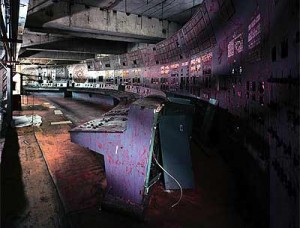Silicon Graphics, Inc. has filed for Chapter 11 bankruptcy protection. It’s a sad day for all SGI fans; many have said that SGI started going downhill when they decided to start selling Windows workstations.
I have fond memories of SGI workstations. It was on an Indy that I first surfed the World Wide Web at the Ontario Science Centre back in about 1992 or 1993; I had no idea that one of the buttons on the front was the system shutdown button, so I pressed it out of curiosity. Nothing much seemed to happen except that the front panel LED started blinking, so I happily kept using the web browser (some version of Mosaic) only to have the system shut down on me about five minutes later.
Much later in life I worked for cbc.ca and in the storage room I came across another Indy, which I was told was originally used to host the entire cbc.ca website before it was moved to a Sun E450! My colleague Blake booted up the Indy and found that it still ran, happily starting up Apache 1.3.9 and a bunch of other software with lots of remote security holes, I’m sure.
I also used SGI servers while at the University of Toronto; the Engineering Computing Facility‘s main computing server was an 8-way Origin 3200 with 2 gigabytes of memory, an unfathomable amount of RAM in 1996.
So it’s very sad to see one of the pioneers of high-powered computing be brought to its knees like this. At least if they go down in history they will be remembered for bringing superior technologies like XFS to the world.
